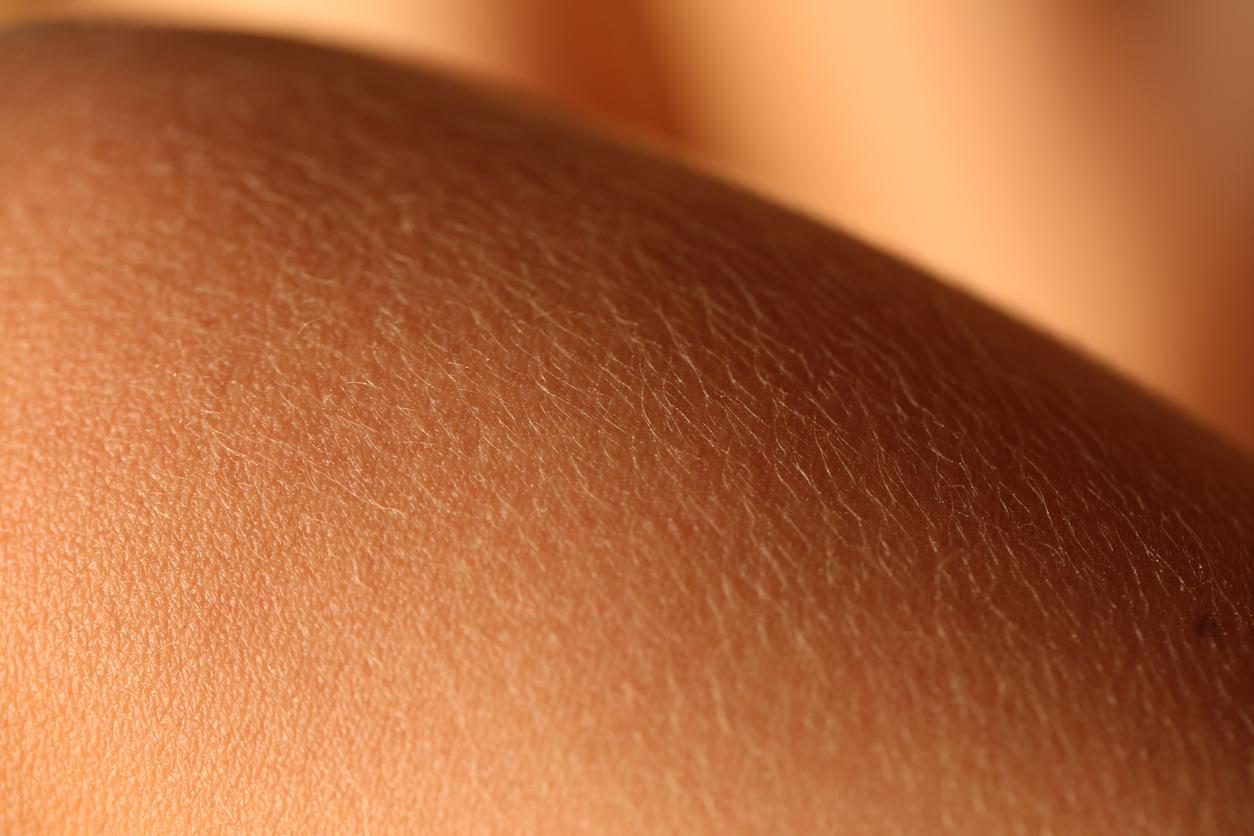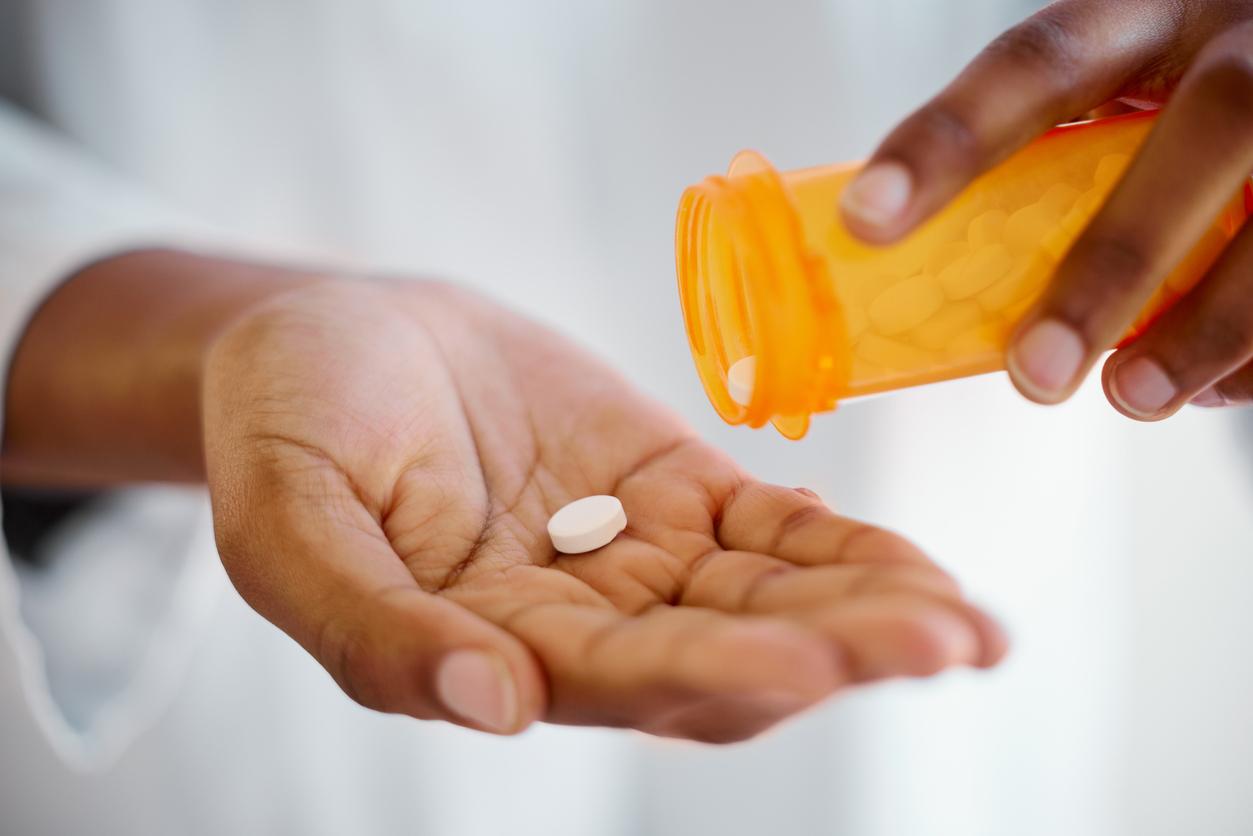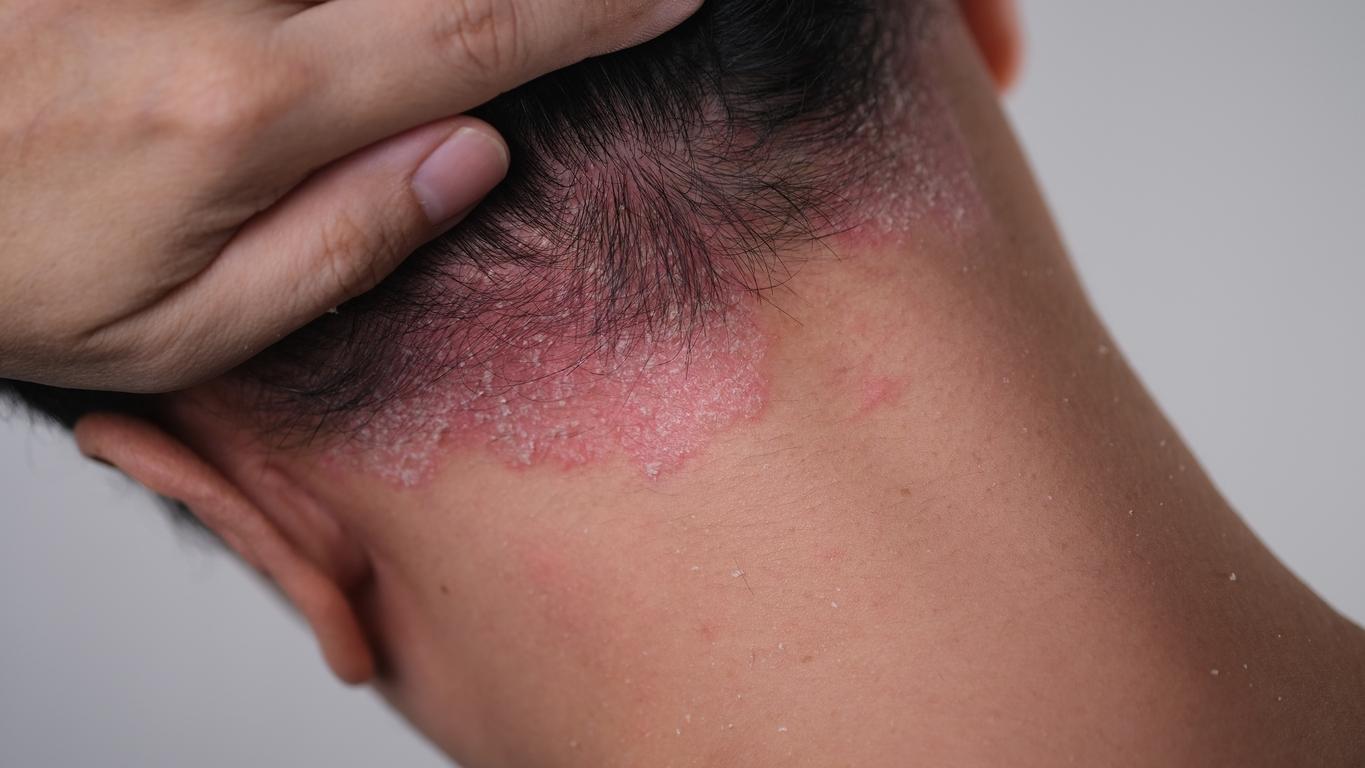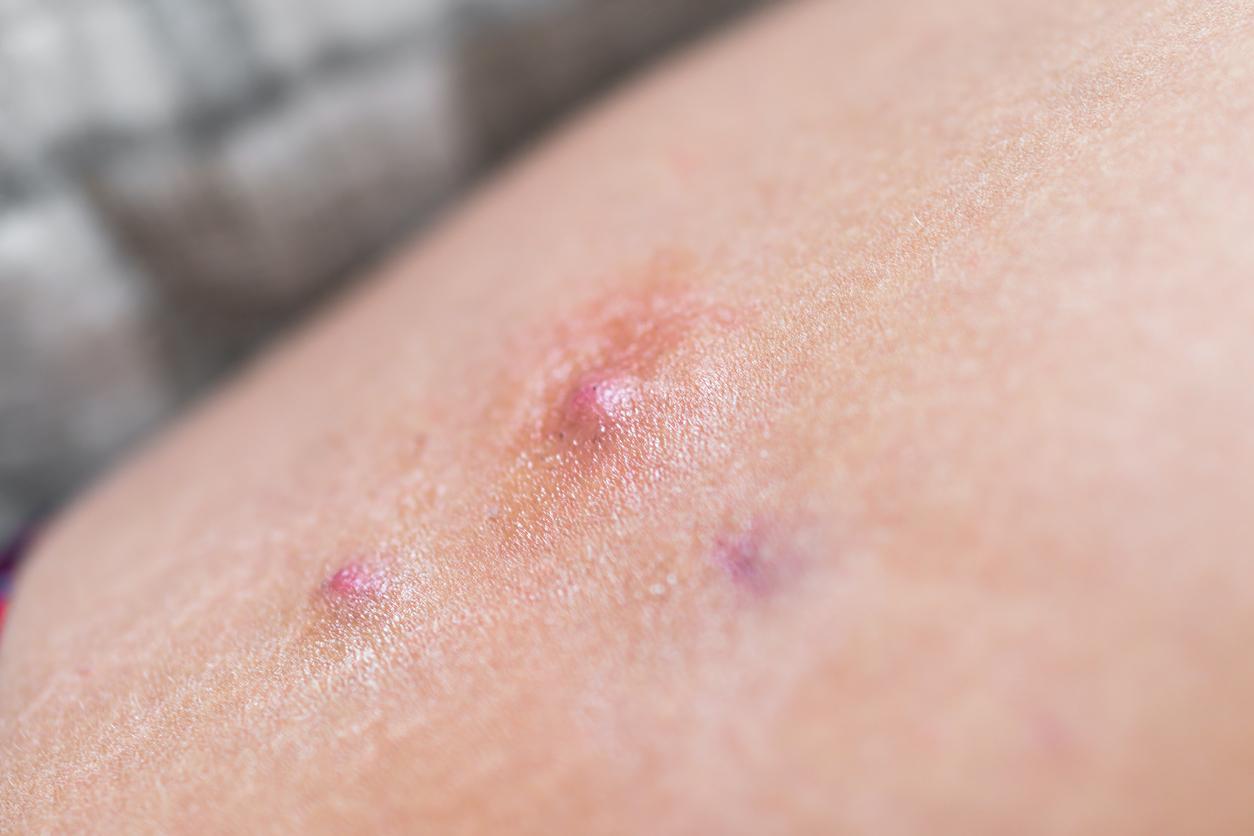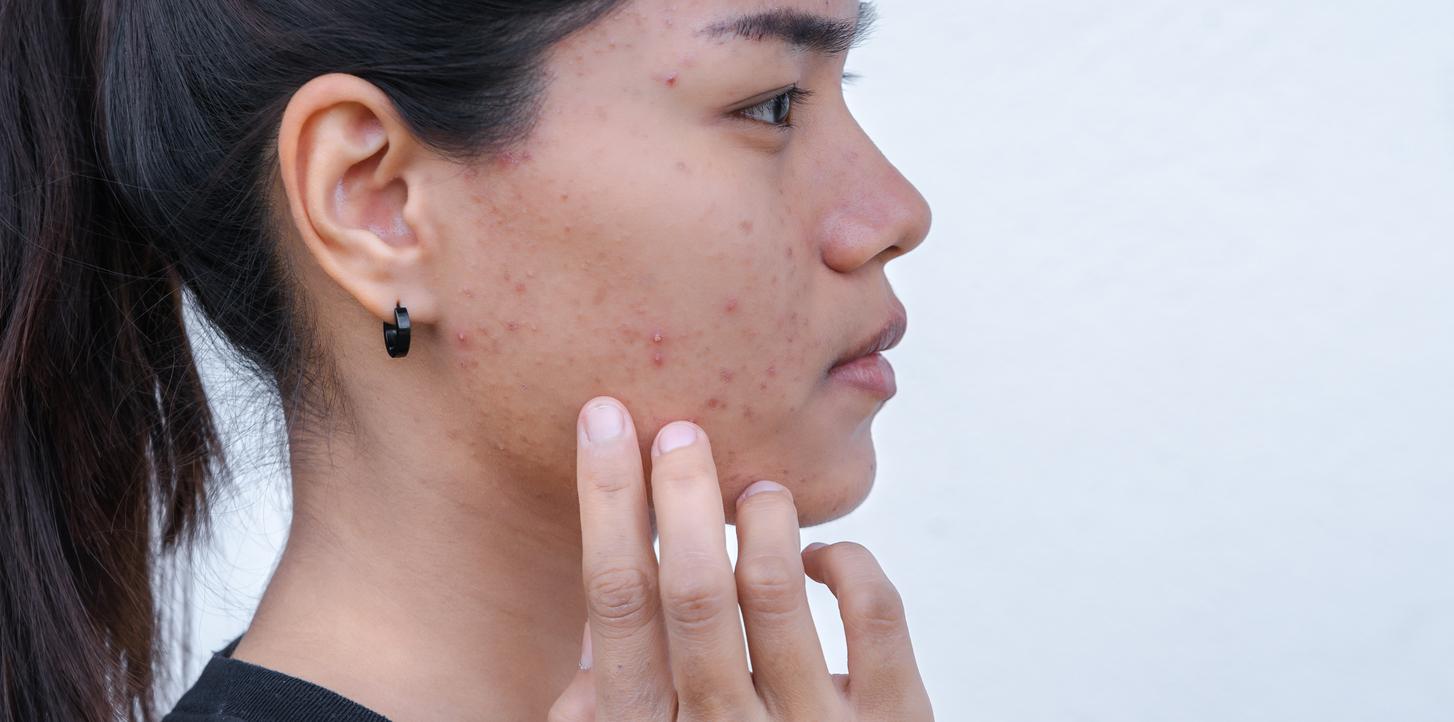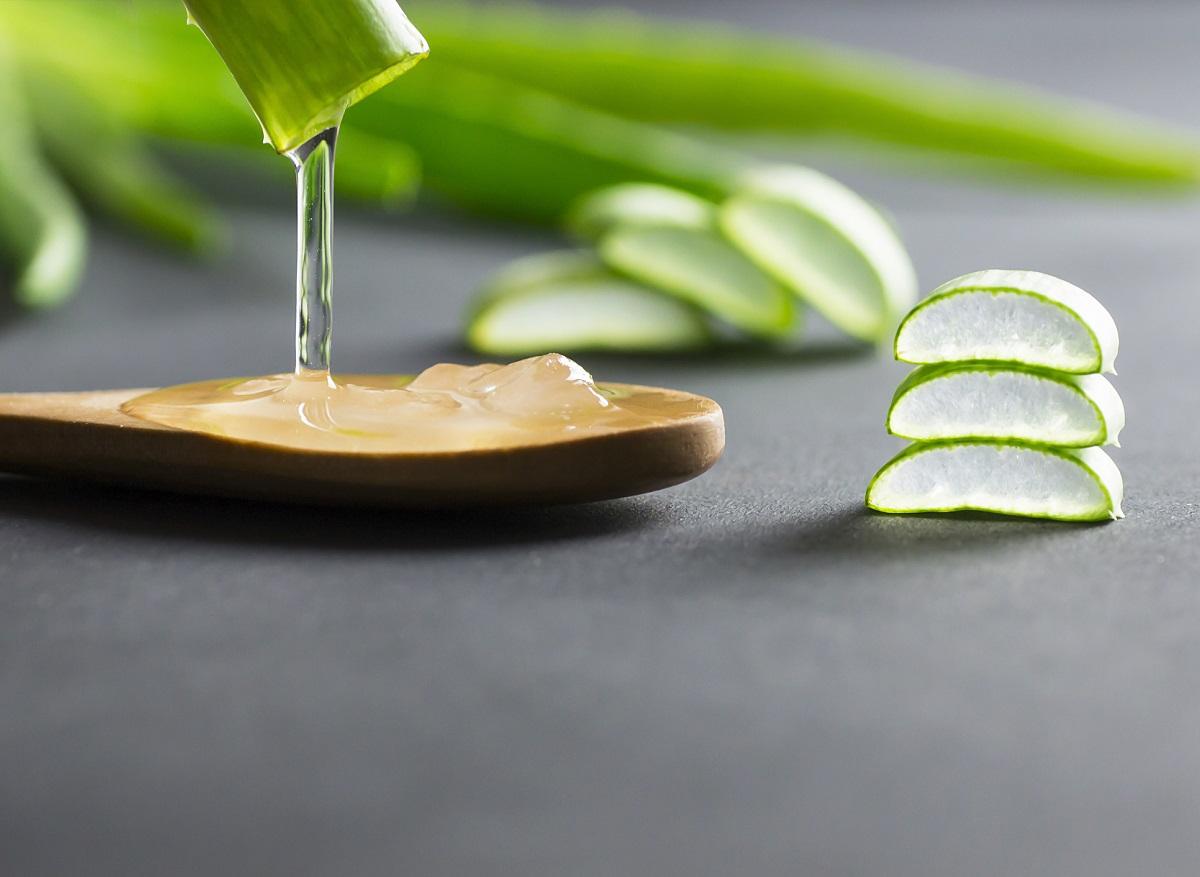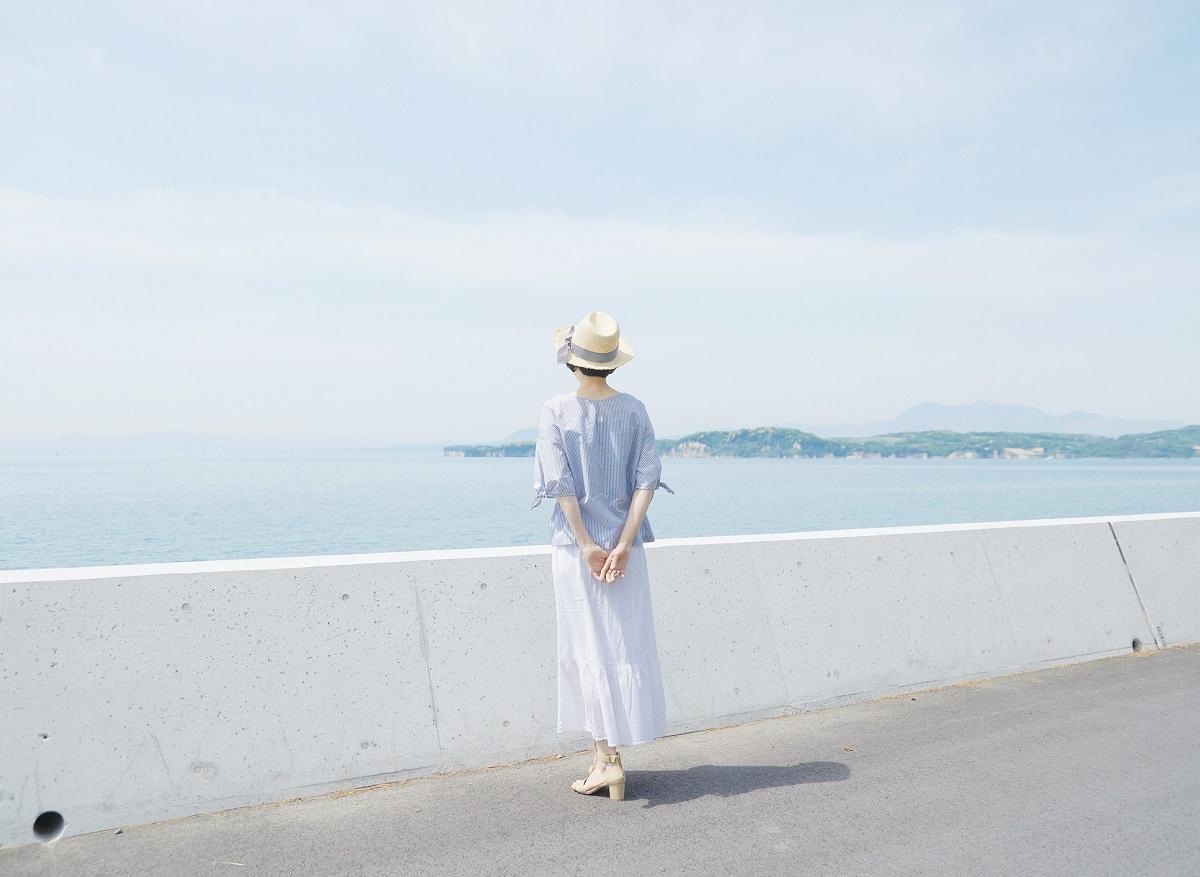Here are 5 misconceptions about the best way to protect yourself from the first big suns.

While it is now possible to take advantage of the first suns, Solar Safety Association explains in a press release how to protect yourself well from the rays by listing the misconceptions received on the issue.
1/ The sun is dangerous when it’s hot.
No. “High temperatures can of course be dangerous for health, but they are not related to the intensity of solar radiation”, explain the members of the association.
In reality, the sun is dangerous when it is high because its rays then cross a thin layer of atmosphere and are therefore poorly filtered. “The good indicator to know if there is a risk or not to be exposed to the sun is therefore the size of the shadows. When they are short, there is danger, whatever the temperature”, continue the experts.
2/ The clouds let all the UV through, and if they are there, I risk nothing.
No. These 2 ideas are almost as wrong as each other, because everything depends on the type of clouds. When the “sky is low” and that the clouds are thick and dark, do not worry, more than 3⁄4 of the rays are absorbed and do not reach the ground.
Conversely, when the sky appears “sail”, you have to be very aware that despite the impression of security (it’s less hot, the luminosity is attenuated), the radiation can be very high, because this type of cloud filters very little UV.
3/ To protect yourself, you have to cream, cream and cream.
No. “The first form of protection is first of all to know how to identify risky situations and then
to look for shaded areas, to wear a wide-brimmed hat, wrap-around sunglasses (cat. CE 3 or 4) and covering clothing (possibly anti-UV for water sports or very long exposures), activists say.
“Finally, and only finally, it is necessary to cream carefully where the clothes do not cover, with an IP30 cream or possibly 50 for extreme conditions”, they add.
4/ A 50 cream protects twice as much as a 25 cream.
No. In the laboratory, an index of 50 divides by 50 the amount of UV that reaches the skin. It therefore passes 2% of UV and 98% are stopped. For an index of 25, still in the laboratory, it is therefore 4% of the UV rays which pass and 96% which are stopped. Reduced to real application conditions, the percentages of UV blocked will be approximately 90/95% for IP 50 and 80/85% for IP 25 respectively.
“This protection is therefore very effective in both cases, but be careful! Only where the product has been applied and for a limited time, around 2 hours (often less when we sweat, bathe, let’s wipe, etc)”, underline Solar Safety Association.
5/ To protect yourself from UV, wear dark clothes.
No. A white cotton T-shirt has a protection factor of approximately 10, that is to say it divides by 10 the quantity of UV rays received by the skin. It therefore lets 10% of UV rays through and blocks 90% of them, which is excellent protection, sufficient for almost everyone in almost all conditions.
For the same dark t-shirt, the protection factor can rise to 20, i.e. only 5% of UV rays pass through. The protection that can be gained by favoring dark clothing over light clothing is therefore low, while at the same time the body temperature can rise considerably with black, and thus present risks of heat stroke and dehydration if it is hot. “We therefore recommend wearing covering clothes, making sure if it is hot that they are light and loose,” concludes the association.










